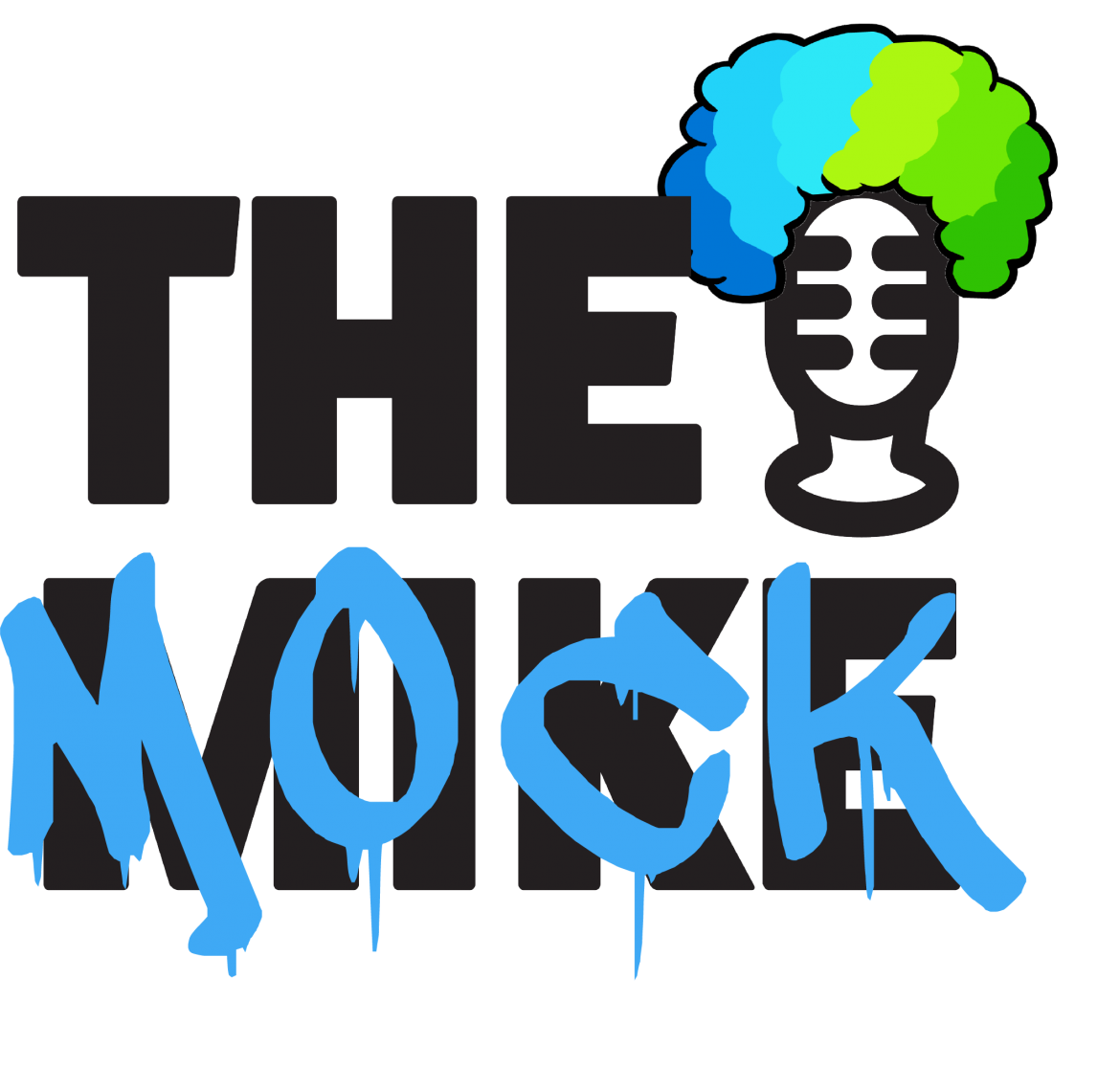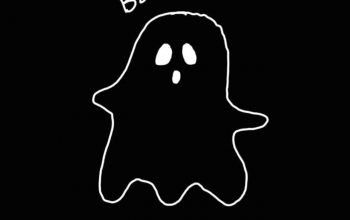Photo Credit: Arba Bardhi
Angelin Thipahar, Contributor
Have you ever spent some time looking at abstract art and wondered how random circles, blobs, and lines constitute art? Well, I can’t say that you’re alone. Abstract art always struck me as strange when I was a kid because I’d see adults staring contemplatively at what seemed like very simple pieces. Lines on canvas or a few paint splatters on a piece of paper — I mean couldn’t anyone do that? Well…as an adult, I can say that abstract art is a bit more than what meets the eye. When you look past the fact that several abstract pieces look like a fourth grader’s art project, you start to realize that the shapes and lines that appear somewhat haphazardly painted across the canvas actually make sense in the larger composition of the piece. Now that sentence may have been worded a bit like an abstract painting, so bear with me as I unpack this notion.
There is, as it happens, good and bad abstract art. Good abstract art contains deeper meaning that requires a knowledge of colour, size, scale, proportion, juxtaposition, framing, and composition to decipher. In that way, abstract art is a misnomer as it implies there is no rhyme or reason to the artist’s choices. Abstract art actually came into being during a time of social change and was a part of the modern art movement of the 20th century. Where in the 19th century there was a fascination with realism, the modern art movement brought in elements of surrealism in an effort to make art more about what it feels like when looking at a piece, rather than just a skillfully rendered scene on canvas. In this way, what appears to everyone else as swirls of paint on canvas might be representative of something greater. Languid, long lines might be interpreted as lethargy while short, sharp strokes might connote urgency. Anyone might be able to create such lines, but the emotion and feeling of one such compilation of lines might not be like the other.
Now, if at this point you feel somewhat silly for prior misconceptions about abstract art, it might placate you to know that Picasso himself had his misgivings about the art form. He was famously quoted in an interview where he said, “I have a horror of so-called abstract painting.… When one sticks colours next to each other and traces lines in space that don’t correspond to anything, the result is decoration.” That’s all well and good sir, but you did spearhead Cubism which is a fairly abstract style.
Abstract art, while it may be mocked by a select few, does hold a special place in the hearts of many. Good art is meant to inspire its admirers and evoke emotion. While it may appear as chicken scratch to one person, to another it could appear as a reflection of several cascading feelings. Beauty is in the eye of the beholder after all. I suppose one could debate that philosophically, but that is a question for another time perhaps.




